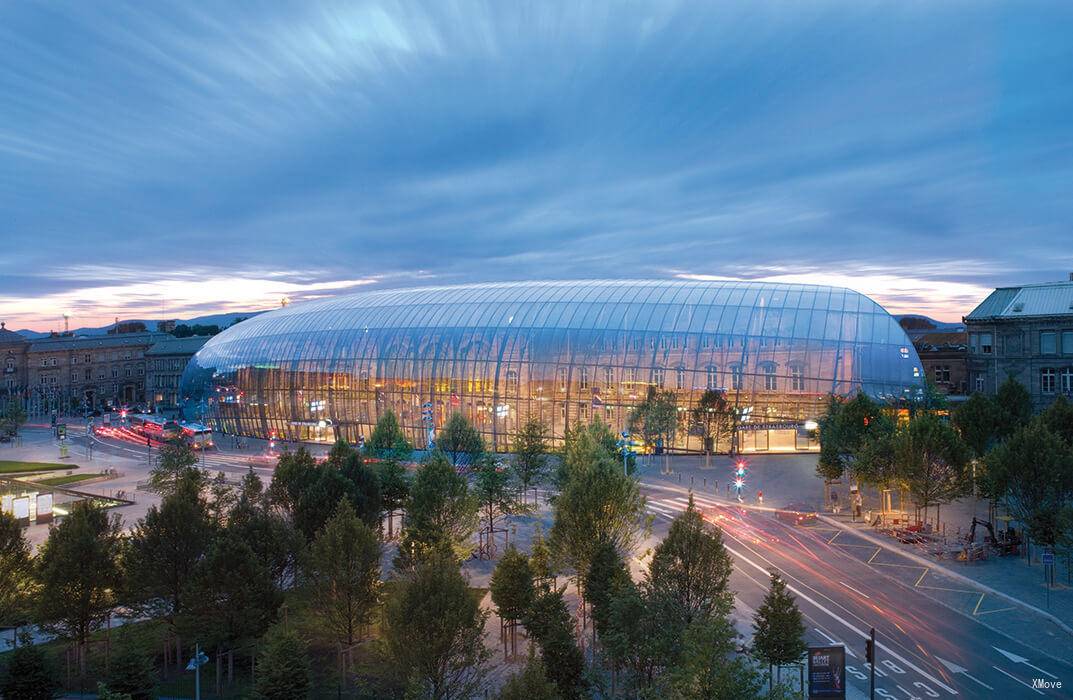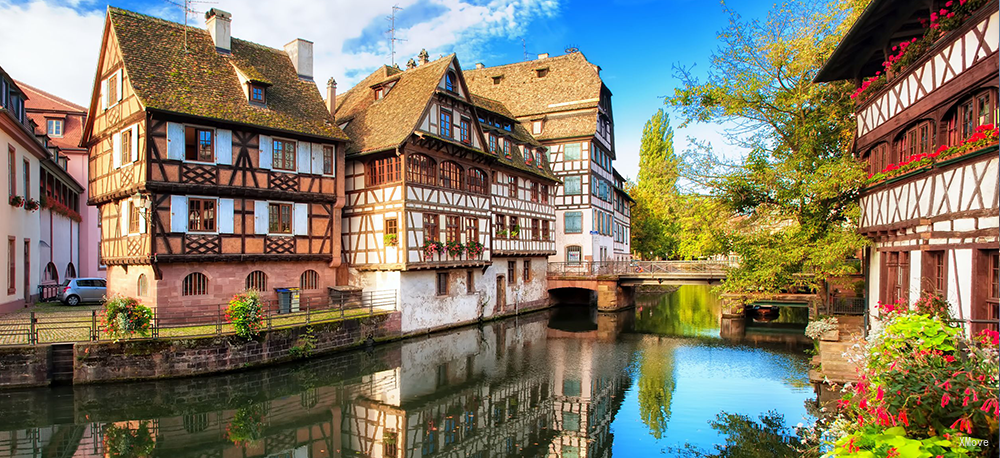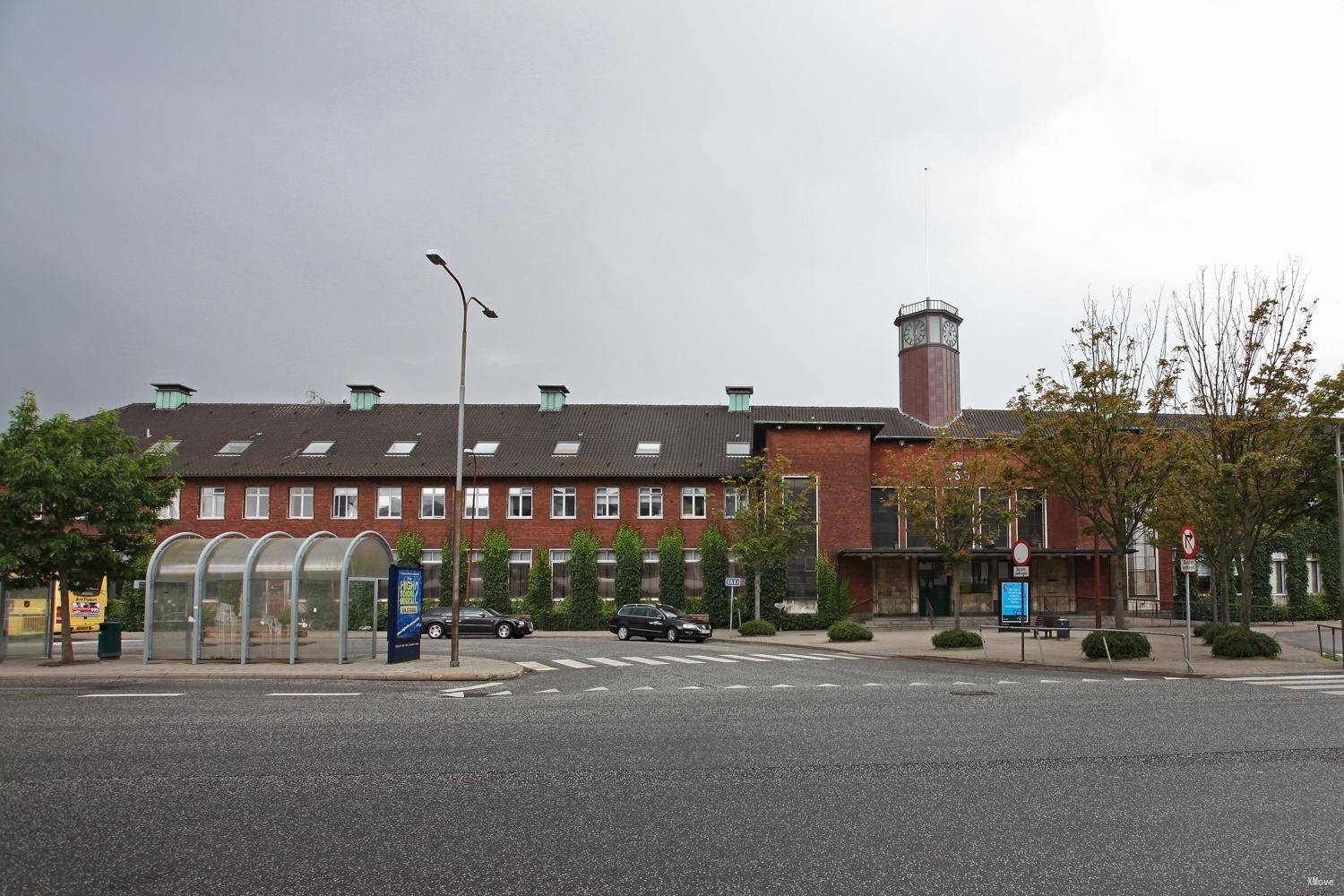Fredericia St to Strasbourg: Trains, Buses, Fares, Today's Connections, Routes, Duration, Types of Trains, Station Guides, Tips, Journey
Denmark Train Tickets
Scan QR code, download G2Rail App to see Fredericia St's more live update, station guide, plan and photos



Train schedule Fredericia St to Strasbourg
Popular train routes departing from Fredericia St
* Strasbourg
* Holstebro St
* Duesseldorf Central(Düsseldorf Hbf)
* Amsterdam Centraal
* Copenhagen Airport Koebenhavns Lufthavn(Koebenhavns Lufthavn St)
* Hamburg Central (S Bahn)(Hamburg Hbf (S Bahn))
* Vienna Central Station(Wien Hbf)
Popular train routes arriving in Fredericia St
* Фленсбург(Flensburg)
* Инсбрук(Innsbruck Hbf)
* железнодорожный вокзал дальнего следования в аэропорту франкфурта Fernbf(Frankfurt(M) Flughafen Fernbf)
* Рибе(Ribe St)
* Вайле(Vejle St)
* Центральный вокзал Копенгагена Ховедебанегард(Köbenhavn H)
* Брюссель(Bruxelles Midi/Zuid)
Popular train routes departing from Strasbourg
* Nîmes Gare
* Angers St Laud(Angers St Laud)
* Bremerhaven Central(Bremerhaven Hbf)
* Nijmegen
* Laval
* Angouleme(Angoulême)
* Lille Flandres
Popular train routes arriving in Strasbourg
* Groningen
* Solingen Hbf
* கார்மிச் பார்டென்கிர்ச்சென்(Garmisch Partenkirchen)
* செயின்ட் ராபல் வலெஸ்கூர்(St Raphaël Valescure)
* பாரிஸ் கரே டி எல்(Paris Gare De L’est)
* பேடன் பேடன் ரெப்லாண்ட்(Baden Baden Rebland)
* வ்ரோக்லா க்ளோனி(Wroclaw Glowny)
* விஸ்ஸெம்பர்க்(Wissembourg)
* மன்ஹைம் மத்திய நிலையம்(Mannheim Hbf)
* டீடிஷெய்ம்(Deidesheim)
* லில்லி பிளாண்டர்ஸ்(Lille Flandres)
* செயின்ட் பியர் டெஸ் கார்ப்ஸ்(St Pierre Des Corps)
* பெசனான் ஃபிரான்ச் காம்டே டி.ஜி.வி.(Besançon Franche Comté Tgv)
* ஃபிரடெரிசியா ஸ்டம்ப்(Fredericia St)
Strasbourg
Strasbourg has three passages that run under the platform and connect them to the main hall.
The central passage in the middle of the platform is accessible via stairs and escalators.
Access to the north and south passages via stairs and elevator/elevator.
If you arrive by train and are happy to use the stairs, just use the first stairs you see.
However, if you have luggage, etc., you must find a lift or escalator.
Similarly, when you enter Strasbourg Station, there are three routes to take the train.
If you walk from the city centre and use the main main entrance, you will see the passage leading to the train ahead.
This passage has stairs and escalators, and the train (platform/track) that leads to the train.
If you want/need to use the elevator to get into the train, they are available, but you will need to use either of the two alternative routes to the train.
You will find them at the end of the channel, which extend left and right from the main hall.
Strasbourg - Station Guide | Departures and Arrivals | Popular Routes

Fredericia (Danish pronunciation: [fʁɛðəˈʁɛ(t)ɕæ]) is a town located in Fredericia municipality in the southeastern part of the Jutland peninsula in Denmark. The city is part of the Triangle Region, which includes the neighbouring cities of Kolding and Vejle. It was founded in 1650 by Frederick III, after whom it was named. The city itself has a population of 41,108 (1st January 2019) and the Fredericia municipality has a population of 50,324 (2014).
Fredericia - Guide, Attractions, Tours, Sightseeings | Train from/to Fredericia | Popular RoutesStrasbourg (UK: , US: , French: [stʁazbuʁ, stʁasbuʁ] ; Bas Rhin Alsatian: Strossburi [ˈʃd̥ʁɔːsb̥uʁi] , Haut Rhin Alsatian: Strossburig [ˈʃd̥ʁɔːsb̥uʁiɡ̊] ; German: Straßburg [ˈʃtʁaːsbʊɐ̯k] ) is the capital and largest city of the Grand Est region of France and is the official seat of the European Parliament. Located at the border with Germany in the historic region of Alsace, it is the capital of the Bas-Rhin department. In 2016, the city proper had 279,284 inhabitants and both the Eurométropole de Strasbourg (Greater Strasbourg) and the Arrondissement of Strasbourg had 491,409 inhabitants. Strasbourg's metropolitan area had a population of 785,839 in 2015 (not counting the section across the border in Germany), making it the ninth-largest metro area in France and home to 13% of the Grand Est region's inhabitants. The transnational Eurodistrict Strasbourg-Ortenau had a population of 915,000 inhabitants in 2014.Strasbourg is one of the de facto three main capitals of the European Union (alongside Brussels and Luxembourg), as it is the seat of several European institutions, such as the Council of Europe (with its European Court of Human Rights, its European Directorate for the Quality of Medicines most commonly known in French as "Pharmacopée Européenne" its European Audiovisual Observatory), the Eurocorps, as well as the European Parliament and the European Ombudsman of the European Union. The city is also the seat of many non-European international institutions such as the Central Commission for Navigation on the Rhine and the International Institute of Human Rights. It is the second city in France in terms of international congress and symposia, after Paris. Strasbourg's historic city centre, the Grande Île (Grand Island), was classified a World Heritage Site by UNESCO in 1988, the first time such an honour was placed on an entire city centre. Strasbourg is immersed in Franco-German culture, and although violently disputed throughout history has been a cultural bridge between France and Germany for centuries, especially through the University of Strasbourg, currently the second-largest in France, and the coexistence of Catholic and Protestant culture. It is also home to the largest Islamic place of worship in France, the Strasbourg Grand Mosque.Economically, Strasbourg is an important centre of manufacturing and engineering, as well as a hub of road, rail, and river transportation. The port of Strasbourg is the second-largest on the Rhine after Duisburg in Germany, and the fourth-largest river port in France after Nantes, Rouen and Bordeaux.
Strasbourg - Guide, Attractions, Tours, Sightseeings | Train from/to Strasbourg | Popular Routes
Denmark Train Tickets
Scan QR code, download G2Rail App to see Fredericia St's more live update, station guide, plan and photos



Hot Journeys
* Geneva(Genève) -> Paris
* Venice(Venezia) -> Florence
* Seoul(서울) -> Jeonju Si(전주시)
* Rome(Roma) -> Milan
* Milan -> Como
* Dusseldorf(Düsseldorf) -> Munich(Müchen)
* Bremen(Bremen) -> Freiburg Im Breisgau
* Florence -> Venice(Venezia)
* Rovaniemi(Rovaniemi) -> Helsinki(Helsinki)
* Dusseldorf(Düsseldorf) -> Frankfurt
* Interlaken -> Swiss Alps Jungfrau Aletsch
* Frankfurt Airport(Frankfurt Flughafen) -> Stuttgart
* Munich(Müchen) -> Berlin(Berlin)
* Budapest(Budapest) -> Vienna(Wien)
* Milan -> Venice(Venezia)
* Swiss Alps Jungfrau Aletsch -> Lauterbrunnen
* Rome(Roma) -> Venice(Venezia)
* Berlin(Berlin) -> Munich(Müchen)
* Naples -> Florence
* Munich(Müchen) -> Berlin(Berlin)
* Barcelona -> Madrid(Madrid)
* Basel(Basel) -> Paris
* London(London) -> Brussels(Bruxelles)
* Rome(Roma) -> Milan
* Frankfurt -> Berlin(Berlin)
* Stuttgart -> Frankfurt Airport(Frankfurt Flughafen)
* Warsaw(Warszawa) -> Berlin(Berlin)

